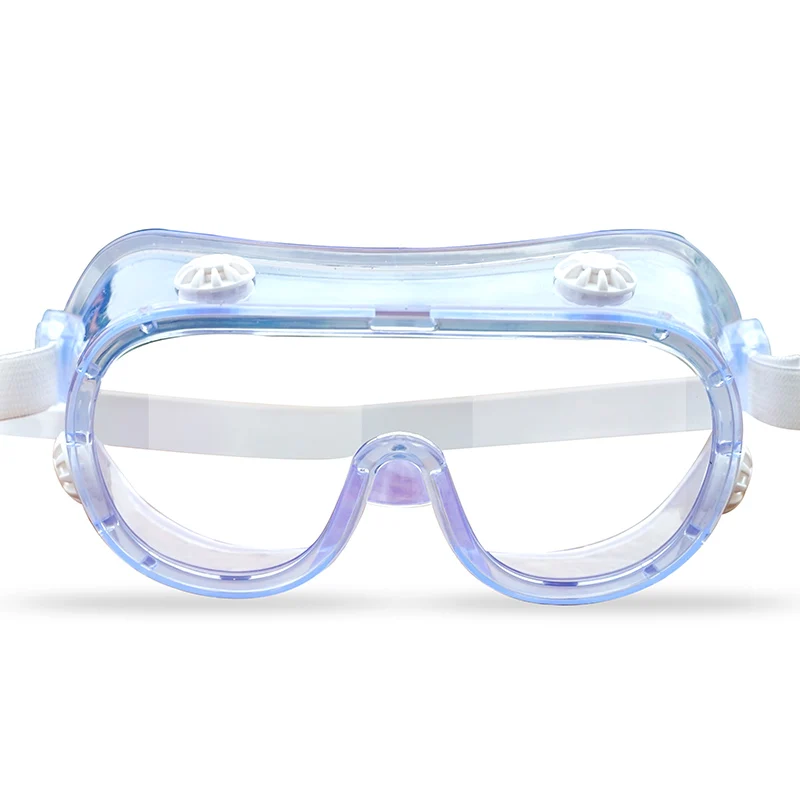Medical injection molding is a critical process in the manufacturing of medical devices and components. The choice of medical injection molding material is paramount to ensure the safety, efficacy, and durability of the final product. This article delves into the various materials used in medical injection molding, highlighting their properties and applications.
Importance of Material Selection in Medical Injection Molding
Selecting the right medical injection molding material is crucial for several reasons:
Biocompatibility: The material must be compatible with human tissues and not cause any adverse reactions.
Sterilization Resistance: The material should withstand various sterilization methods such as autoclaving, ethylene oxide (ETO) gas, and gamma radiation.
Durability: Medical devices often undergo repeated use and sterilization, requiring materials that can maintain their integrity over time.
Regulatory Compliance: Materials must meet stringent regulatory standards set by bodies.
Common Medical Injection Molding Materials
1. Polyethylene (PE): Polyethylene is widely used in medical applications due to its excellent chemical resistance, flexibility, and biocompatibility. It is commonly found in products like disposable syringes, orthopedic implants, and prosthetic components.
2. Polypropylene (PP): Polypropylene is known for its high chemical resistance, low moisture absorption, and good fatigue resistance. It is suitable for a variety of sterilization methods and is used in diagnostic devices, disposable containers, and pipettes.
3. Polyvinyl Chloride (PVC): PVC is versatile and can be manufactured to be either rigid or flexible. It is extensively used in medical tubing, intravenous tubing, and blood bags due to its good chemical resistance and transparency.
4. Polycarbonate (PC): Polycarbonate is a strong, transparent thermoplastic with excellent mechanical properties. It is used in medical devices that require high-impact resistance and clarity, such as IV connectors and surgical instruments.
5. Polyetheretherketone (PEEK): PEEK is a high-performance thermoplastic known for its extraordinary mechanical properties, including resistance to thermal degradation, wear, and radiation. It is often used in surgical implants and other high-stress medical applications.
6. Acrylonitrile Butadiene Styrene (ABS): ABS is a thermoplastic polymer with good heat resistance and impact strength. It is used in drug-delivery systems, tracheal tubes, and various structural parts of medical devices.
7. Polymethyl Methacrylate (PMMA): PMMA, also known as acrylic, is used for its excellent light transmission and UV resistance. It is commonly used in endoscopic medical parts and other applications requiring clarity and durability.
Conclusion
Choosing the right medical injection molding material is essential for the successful production of medical devices. The materials must meet stringent biocompatibility, sterilization, and durability requirements while complying with regulatory standards. By understanding the properties and applications of common medical injection molding materials, manufacturers can ensure the safety and efficacy of their medical products.
For more information on selecting the right medical injection molding material for your project, consult with experts in the field and refer to regulatory guidelines to ensure compliance and optimal performance.

.jpg)

.jpg)